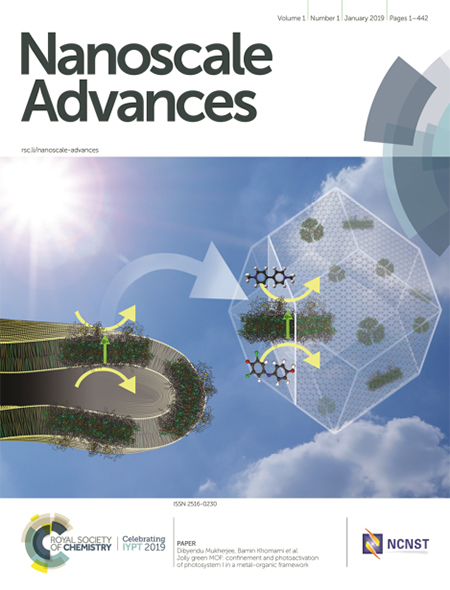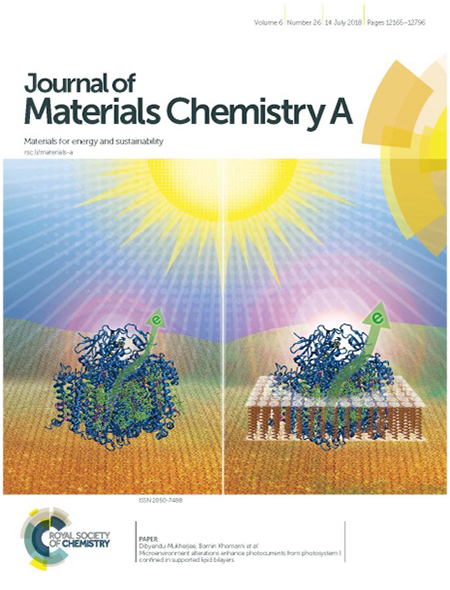In the quest for carbon-neural sustainable energy sources, two recently graduated CBE PhD students Hanieh Niroomand and Tyler H. Bennett, under supervision of Department Head Bamin Khomami and Research Professor Dibyendu Mukherjee, asked a fundamental grand challenge science question: How does the highly sophisticated molecular architectures in natural membrane-bound photosynthetic protein Photosystem I (PSI) enable light-activated electrochemical energy generation via charge separation with near unity quantum efficiency?
The team’s initial engineering curiosity to use PSI as a biological photodiode in bio-hybrid photoelectrochemical energy conversion devices quickly led to investigation of how the PSI architecture and its micro-environment tailor its highly efficient photo activities. To this end, recently the aforementioned team has been successful in encapsulating PSI in bio-mimetic lipid bilayer membranes and metal organic frameworks, thereby mimicking its natural membrane housing. These confined PSI microstructures exhibited highly unique yet, intriguing alterations in their photoresponse behaviors while achieving multifold increase in their photocurrent generations.
The far-reaching scientific implications of these groundbreaking observations in unveiling the role of PSI micro-environment in shaping up its highly orchestrated energy transduction processes were recognized by back-to-back editor’s selections for both Niroomand’s and Bennet’s articles to be on the front covers of Journal of Materials Chemistry A and the inaugural issue of Nanoscale Advances, respectively. The deep fundamental insights attained from these studies have paved the path for making micro-tailored PSI for artificial photosynthesis and quantum transduction processes into fruition.

